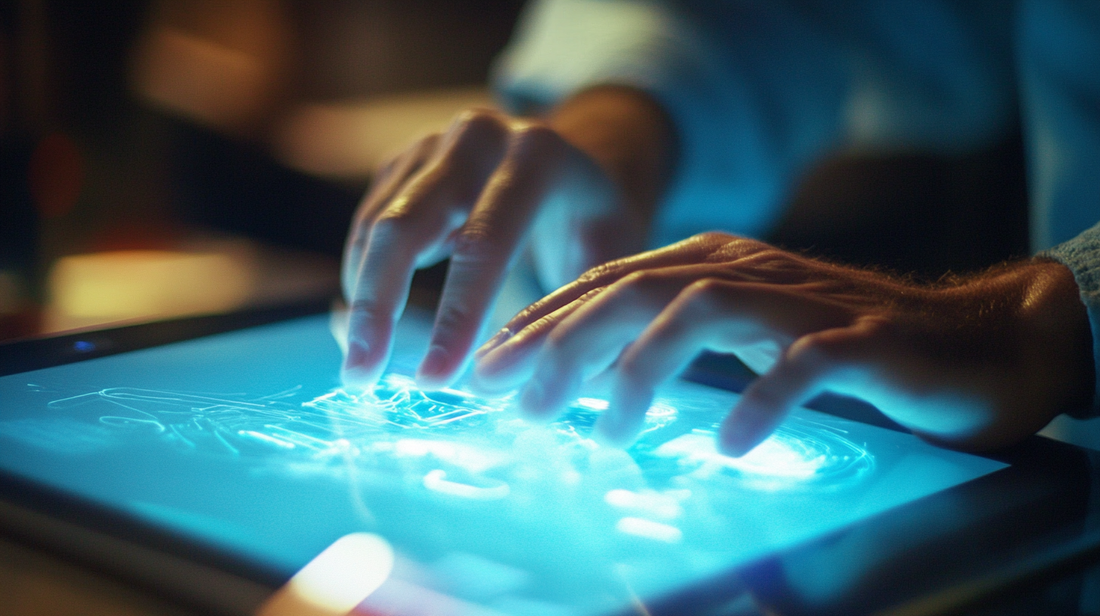
Touch screens should be a standard in contemporary life. From smartphones to computers to interactive displays, touch screens have become a part of our daily lives. But how exactly do touch screens work? In this article, we will take a look at what a touch screen is, where it comes from, and how the HKMLC Smart Board offers innovation to touch screen technology.
They are now commonplace in many aspects of our everyday lives. This has changed the way we use technology because you are just tapping, swiping, and scrolling to interact with a smartphone, tablet, or touch screen laptop. In this century, touch screen devices are the new economy and an important part of the industries, as we all see, from healthcare to entertainment to education.
Touch screen: A touch screen is an input device that allows a user to interact with a computer or other device by touching the screen directly. A touch screen is a computer display device that determines the input and output of the computer. The sensor layer of the touch screen detects touch input, which is then interpreted into a specific action on the display.
Till today, the touch screen how it works is based on sensing input through different technologies and sensory methods. In capacitive touchscreens, touching the screen with their finger alters the electric field. Resistive touch screens measure pressure, while infrared screens use beams of light to detect a touch. These technologies provide a multi-sensory input to the human to have a highly intuitive and interactive experience with the devices and use them in a wide range of applications.
The touch screen technology has innumerable applications in various fields. Touch screen technology, such as interactive whiteboards, are used in education for collaboration and engagement. In healthcare, touch screens accelerate patient records and analytical tools. In retail, touch screen devices are also widely available for self-checkout machines and digital signage. However, the opportunities do not stop; they grow as technology advances.
There are many benefits of using touch screens that include intuitive interaction, fast navigation, and space-saving designs. However, they also have limitations, such as being prone to smearing and needing to be regularly cleaned. Furthermore, with the usage of gloves or extreme conditions, some touch screen devices become less responsive.
An iconic example of the touch screen technology that's changing how we work and learn is the HKMLC Smart Board. This benchtop touch screen has interactive features, allowing people to draw, write, and collaborate in real-time, merging the best of both worlds. The HKMLC Smart Board improves meeting, presentation, and classroom learning by making it more engaging and streamlined through a seamless, intuitive interface.
For more information on how the HKMLC Smart Board will change the landscape of your work and learning environment, click here to see its ingenious features. The HKMLC Smart Board is the only smart board with Gen 2 touch screen technology that adds a new dimension to productivity and collaboration not offered on regular touch screens.
No comments
0 comments